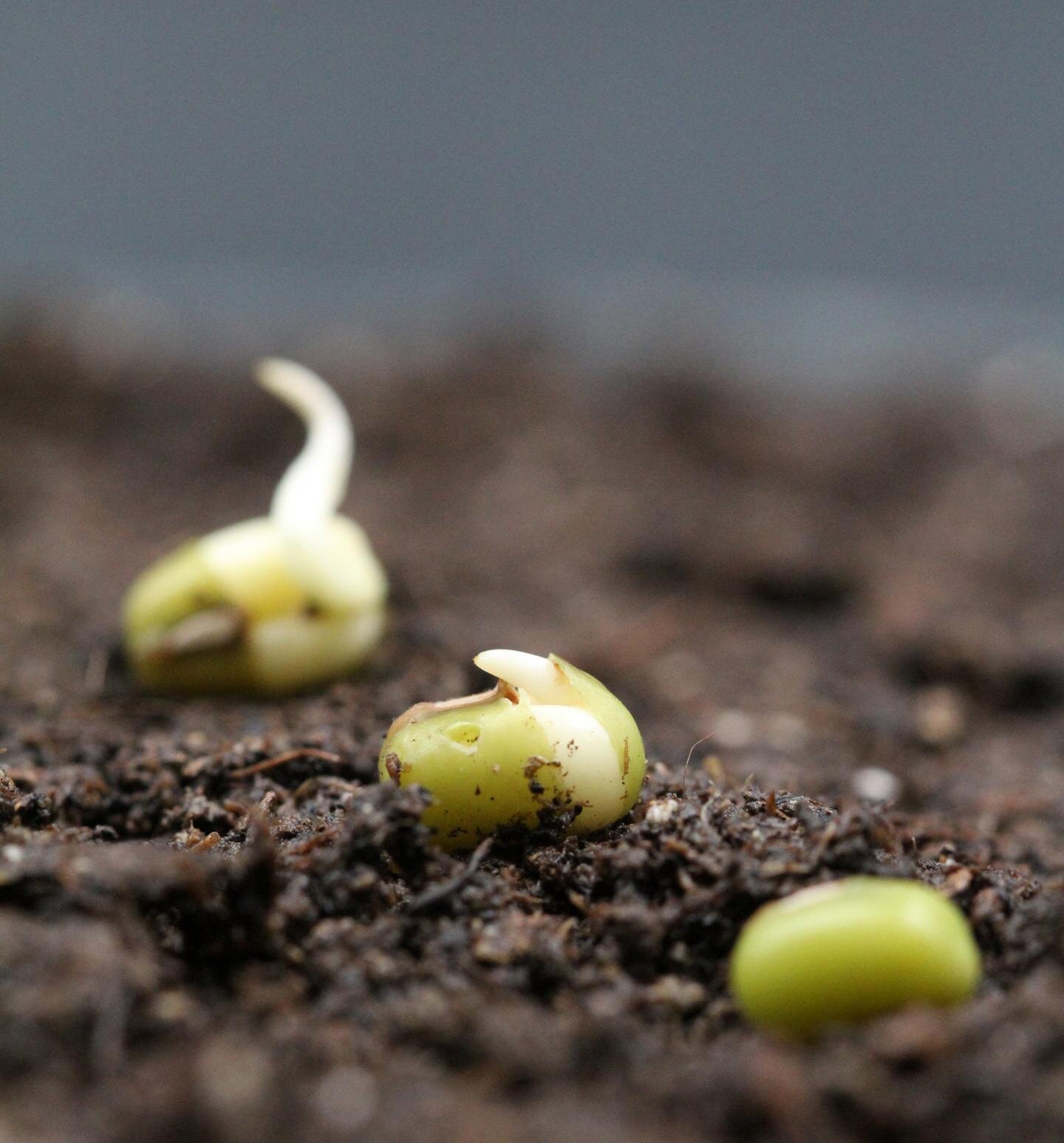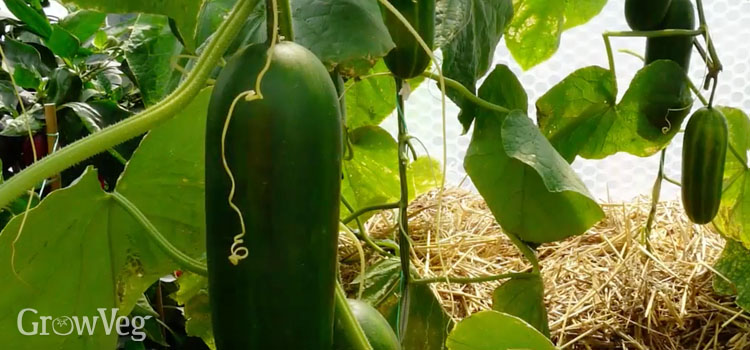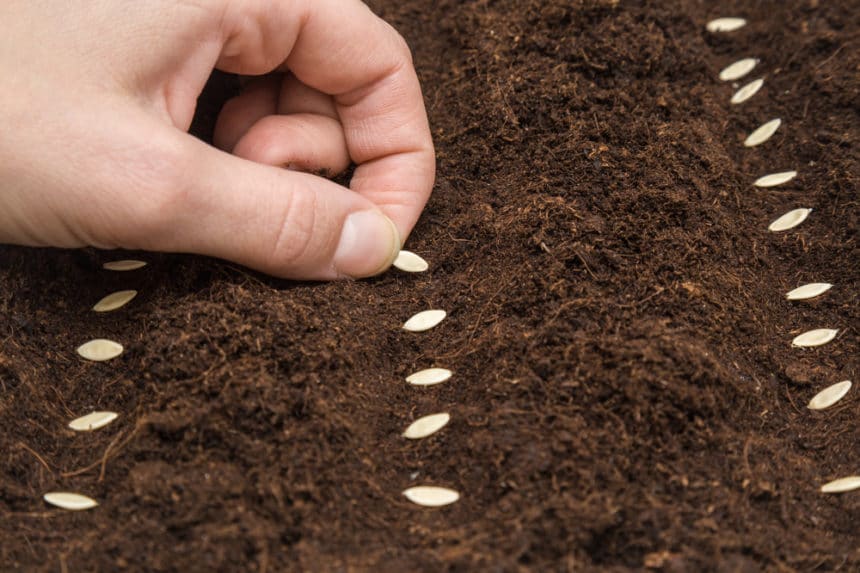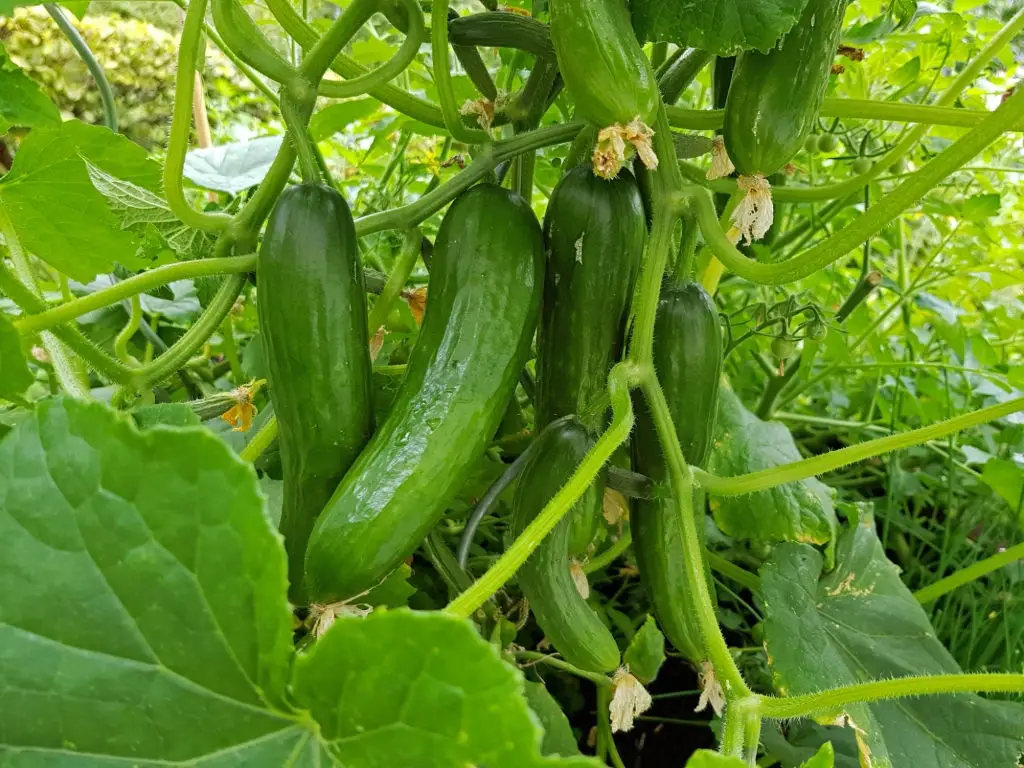Understanding the Ideal Climate for Cucumber Seed Germination
Cucumber seeds require a specific set of conditions to germinate and grow. Temperature, moisture, and sunlight are the three key factors that affect the optimal sowing time for cucumbers. When it comes to temperature, cucumbers thrive in warm weather, typically above 60°F (15°C). However, the ideal temperature for germination is between 70°F (21°C) and 85°F (29°C). At this temperature range, cucumber seeds can germinate within 3-5 days.
Moisture is also crucial for cucumber seed germination. The soil should be consistently moist but not waterlogged. A well-draining soil with a pH between 6.0 and 6.8 is ideal for cucumbers. Sunlight is also essential, as cucumbers require full sun to partial shade to grow. When deciding when to sow cucumber seeds, it’s essential to consider these factors and plan accordingly.
In regions with a long growing season, it’s best to sow cucumber seeds directly outdoors when the soil has warmed up to at least 60°F (15°C). In areas with a shorter growing season, starting cucumber seeds indoors 2-3 weeks before the last frost date can give them a head start. This allows the seedlings to get established before being transplanted outdoors. By understanding the ideal climate for cucumber seed germination, gardeners can optimize their sowing time and give their cucumbers the best chance to thrive.
When to sow cucumber seeds is a common question among gardeners. The answer depends on the specific climate and region. In general, it’s best to sow cucumber seeds in late spring to early summer, when the soil has warmed up and the risk of frost has passed. By waiting until the optimal sowing time, gardeners can avoid common mistakes such as sowing too early or too late, which can lead to poor germination and reduced yields.
How to Determine the Perfect Sowing Time for Your Region
Determining the perfect sowing time for cucumbers requires consideration of the last frost date for your area. This date varies depending on the region and climate. In general, it’s best to wait until the soil has warmed up and the risk of frost has passed before sowing cucumber seeds directly outdoors. To determine the last frost date for your area, check the average frost dates for your region or consult with a local nursery or gardening expert.
Another way to determine the perfect sowing time is to check the soil temperature. Cucumbers prefer warm soil, typically above 60°F (15°C). You can check the soil temperature by inserting a thermometer into the soil or by using an online soil temperature guide. Once the soil has reached the optimal temperature, it’s time to sow your cucumber seeds.
Moisture levels are also an important factor to consider when determining the perfect sowing time. Cucumbers require consistent moisture, especially during the germination phase. Check the soil moisture by inserting your finger into the soil or by using a moisture meter. If the soil feels dry, it’s best to wait a few days before sowing your cucumber seeds.
When to sow cucumber seeds is a common question among gardeners. The answer depends on the specific climate and region. By considering the last frost date, soil temperature, and moisture levels, gardeners can determine the perfect sowing time for their cucumbers. In general, it’s best to sow cucumber seeds in late spring to early summer, when the soil has warmed up and the risk of frost has passed.
For example, in regions with a long growing season, such as in Southern California or Florida, cucumber seeds can be sown directly outdoors in late March or early April. In regions with a shorter growing season, such as in the Northeast or Midwest, it’s best to start cucumber seeds indoors 2-3 weeks before the last frost date and then transplant them outdoors when the weather warms up.
The Benefits of Sowing Cucumber Seeds Indoors vs. Outdoors
When it comes to sowing cucumber seeds, gardeners have two options: indoors or outdoors. Both methods have their advantages and disadvantages. Sowing cucumber seeds indoors provides better temperature control, which is essential for optimal germination. Indoor sowing also allows for earlier sowing, as the seeds can be started 2-3 weeks before the last frost date. This gives the seedlings a head start on the growing season, and they can be transplanted outdoors when the weather warms up.
On the other hand, sowing cucumber seeds directly outdoors eliminates the need for transplanting, which can be a shock to the seedlings. Outdoor sowing also allows the seedlings to develop a stronger root system, as they are not confined to a pot. Additionally, outdoor sowing reduces the risk of overwatering, which is a common mistake when sowing indoors.
However, outdoor sowing also has its drawbacks. The seeds are exposed to the elements, and the soil temperature and moisture levels may not be ideal for germination. Additionally, outdoor sowing may require more maintenance, as the soil needs to be kept consistently moist and the seedlings need to be protected from pests and diseases.
When deciding whether to sow cucumber seeds indoors or outdoors, it’s essential to consider the specific climate and region. In areas with a long growing season, outdoor sowing may be the better option. However, in regions with a shorter growing season, indoor sowing may be necessary to get a head start on the growing season.
Ultimately, the decision to sow cucumber seeds indoors or outdoors depends on the individual gardener’s preferences and circumstances. By weighing the pros and cons of each method, gardeners can make an informed decision and choose the best approach for their specific needs. When to sow cucumber seeds is a critical factor in determining the success of the crop, and choosing the right sowing method is essential for optimal germination and growth.
Preparing the Soil for Optimal Cucumber Seed Germination
Soil preparation is a critical step in ensuring optimal cucumber seed germination. Cucumbers prefer well-draining, fertile soil with a pH between 6.0 and 6.8. To achieve this, gardeners can take several steps to prepare the soil before sowing cucumber seeds.
First, test the soil pH to determine if it needs to be adjusted. If the soil is too acidic or too alkaline, it can affect the availability of nutrients for the cucumber seedlings. Based on the test results, add lime or sulfur to adjust the pH to the optimal range.
Next, add organic matter such as compost or well-rotted manure to improve the soil structure and fertility. This will help to increase the water-holding capacity of the soil and provide essential nutrients for the cucumber seedlings.
In addition to pH and nutrient levels, the soil structure is also important for cucumber seed germination. Cucumbers prefer a well-draining soil with a mix of sand, silt, and clay. If the soil is too dense or waterlogged, it can lead to poor germination and root rot.
To prepare the soil for sowing cucumber seeds, gardeners can also use a soil conditioner or a fertilizer specifically formulated for cucumbers. These products can help to improve the soil structure and provide essential nutrients for the seedlings.
When to sow cucumber seeds is also dependent on the soil temperature. Cucumbers prefer a soil temperature of at least 60°F (15°C) for optimal germination. Gardeners can use a soil thermometer to check the soil temperature before sowing the seeds.
By preparing the soil properly, gardeners can create an optimal environment for cucumber seed germination. This includes adjusting the pH, adding organic matter, and ensuring good soil structure. By following these steps, gardeners can increase the chances of successful germination and healthy cucumber seedlings.
Choosing the Right Cucumber Variety for Your Climate
With so many cucumber varieties available, choosing the right one for your climate can be a daunting task. However, selecting a variety that is resistant to common cucumber diseases and pests in your area can make all the difference in achieving a successful harvest.
There are several types of cucumber varieties, including slicing, pickling, and English. Slicing cucumbers are the most popular variety and are ideal for fresh eating. Pickling cucumbers are smaller and more compact, making them perfect for canning and preserving. English cucumbers are longer and more slender, with a thinner skin that is ideal for slicing.
When choosing a cucumber variety, consider the climate and weather conditions in your area. If you live in a region with high temperatures and humidity, look for varieties that are resistant to powdery mildew and other fungal diseases. If you live in a region with cooler temperatures, look for varieties that are resistant to bacterial wilt and other bacterial diseases.
Some popular cucumber varieties that are resistant to common diseases and pests include ‘Marketmore’, ‘Slicing’, and ‘Pickling’. These varieties are widely available and can be grown in a variety of climates.
When to sow cucumber seeds is also dependent on the specific variety. Some varieties, such as ‘Marketmore’, can be sown as early as 2-3 weeks before the last frost date, while others, such as ‘Slicing’, may need to be sown 1-2 weeks after the last frost date.
By choosing the right cucumber variety for your climate, you can ensure a successful harvest and enjoy fresh, delicious cucumbers all season long. Whether you prefer slicing, pickling, or English cucumbers, there is a variety out there that is perfect for you.
Sowing Cucumber Seeds at the Right Depth and Spacing
Sowing cucumber seeds at the right depth and spacing is crucial for optimal germination and growth. Cucumber seeds should be sown about 1 inch (2.5 cm) deep and 6-8 inches (15-20 cm) apart. This allows for proper air circulation and sunlight penetration, which are essential for healthy growth.
When sowing cucumber seeds, it’s also important to consider the soil temperature. Cucumbers prefer a soil temperature of at least 60°F (15°C) for optimal germination. If the soil is too cold, the seeds may not germinate properly, or may be more susceptible to disease.
In addition to depth and spacing, the orientation of the seeds is also important. Cucumber seeds should be sown with the pointed end facing downwards, and the rounded end facing upwards. This allows the seedling to emerge from the soil more easily, and reduces the risk of fungal diseases.
When to sow cucumber seeds is also dependent on the specific variety. Some varieties, such as ‘Marketmore’, can be sown as early as 2-3 weeks before the last frost date, while others, such as ‘Slicing’, may need to be sown 1-2 weeks after the last frost date.
By sowing cucumber seeds at the right depth and spacing, gardeners can ensure optimal germination and growth. This, combined with proper soil preparation and care, can lead to a healthy and productive cucumber crop.
It’s also important to note that cucumber seeds can be sown in rows or in hills. Sowing in rows allows for easier access and maintenance, while sowing in hills can help to reduce soil erosion and improve drainage.
Common Mistakes to Avoid When Sowing Cucumber Seeds
When sowing cucumber seeds, there are several common mistakes to avoid in order to ensure optimal germination and growth. One of the most common mistakes is sowing the seeds too early or too late. Sowing too early can result in poor germination due to cold soil temperatures, while sowing too late can result in reduced yields due to shorter growing seasons.
Another common mistake is sowing the seeds too deeply. Cucumber seeds should be sown about 1 inch (2.5 cm) deep, as sowing too deeply can result in poor germination or weak seedlings. Additionally, not providing adequate moisture and sunlight can also hinder germination and growth.
When to sow cucumber seeds is also important to consider. Sowing too early or too late can result in poor germination or reduced yields. It’s essential to check the soil temperature and moisture levels before sowing to ensure optimal conditions.
Other common mistakes to avoid when sowing cucumber seeds include not preparing the soil properly, not providing adequate support for the seedlings, and not monitoring for pests and diseases. By avoiding these common mistakes, gardeners can ensure a healthy and productive cucumber crop.
It’s also important to note that cucumber seeds can be sensitive to extreme weather conditions, such as heavy rainfall or intense sunlight. Providing adequate protection and care can help to prevent damage and ensure optimal growth.
By being aware of these common mistakes and taking steps to avoid them, gardeners can increase their chances of success when sowing cucumber seeds. Whether you’re a seasoned gardener or just starting out, following these tips can help you to achieve a bountiful harvest of delicious cucumbers.
Post-Sowing Care: Tips for Promoting Healthy Cucumber Seedlings
After sowing cucumber seeds, it’s essential to provide the right conditions for healthy growth and development. One of the most critical factors is moisture. Cucumber seedlings need consistent moisture, especially during the first few weeks after sowing. Make sure to water the soil gently but thoroughly, and avoid overwatering, which can lead to root rot and other problems.
In addition to moisture, cucumber seedlings also need adequate sunlight and nutrients. Provide at least 6 hours of direct sunlight per day, and use a balanced fertilizer to promote healthy growth. It’s also essential to monitor the soil temperature, as cucumbers prefer warmer temperatures, typically above 60°F (15°C).
Another crucial aspect of post-sowing care is monitoring for pests and diseases. Keep an eye out for common cucumber pests, such as aphids, whiteflies, and spider mites, and take action promptly if you notice any infestations. Regularly inspect the plants for signs of disease, such as yellowing leaves, black spots, or powdery mildew, and treat them accordingly.
When to sow cucumber seeds is also important to consider when it comes to post-sowing care. Sowing too early or too late can affect the timing of post-sowing care, so make sure to plan accordingly. For example, if you sow cucumber seeds too early, you may need to provide additional protection from frost or cold temperatures.
By following these tips, you can promote healthy growth and development in your cucumber seedlings. Remember to be patient, as cucumbers take time to mature, and with proper care, you can enjoy a bountiful harvest of delicious cucumbers.
It’s also important to note that cucumber seedlings can benefit from support as they grow. Provide a trellis or other support system to help the plants grow upright and promote better fruiting.








